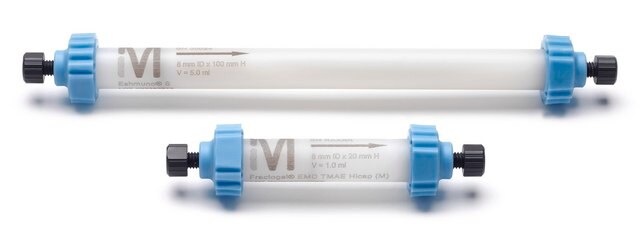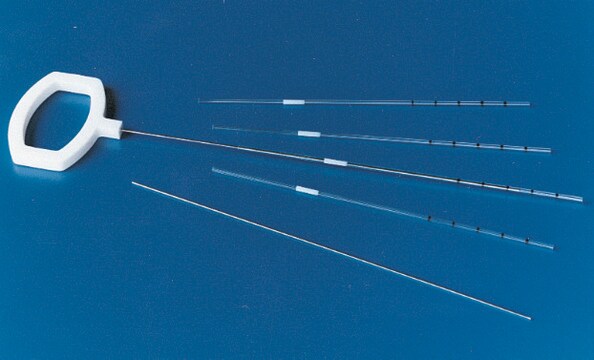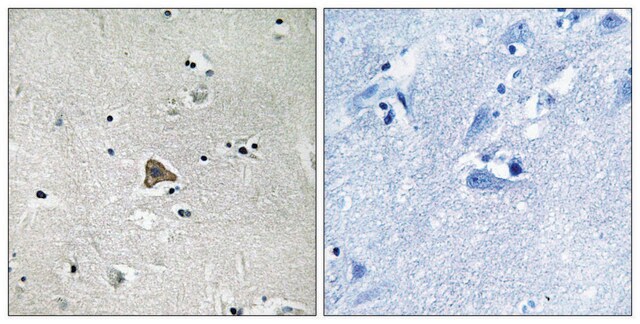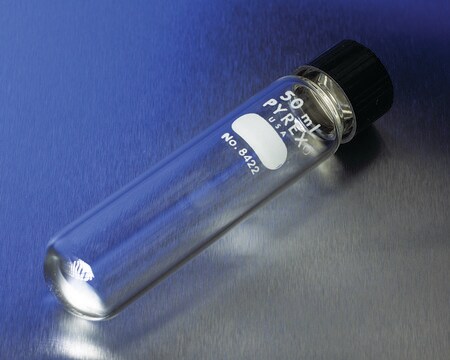D2191
Monoclonal Anti-DC-SIGN1 antibody produced in mouse
clone 120507, purified immunoglobulin, lyophilized powder
Sinônimo(s):
Anti-CD209, Anti-Dendritic Cell-Specific ICAM-3 Grabbing Non-Integrin
About This Item
Produtos recomendados
fonte biológica
mouse
Nível de qualidade
conjugado
unconjugated
forma do anticorpo
purified immunoglobulin
tipo de produto de anticorpo
primary antibodies
clone
120507, monoclonal
forma
lyophilized powder
reatividade de espécies
human
técnica(s)
flow cytometry: 2.5 μg using 106 cells
immunocytochemistry: 8-25 μg/mL
immunohistochemistry: 8-25 μg/mL using fixed cells and tissue sections
western blot: 1 μg/mL
Isotipo
IgG2b
nº de adesão UniProt
temperatura de armazenamento
−20°C
modificação pós-traducional do alvo
unmodified
Informações sobre genes
human ... CD209(30835)
Descrição geral
Especificidade
Imunogênio
Aplicação
Ações bioquímicas/fisiológicas
forma física
Exoneração de responsabilidade
Não está encontrando o produto certo?
Experimente o nosso Ferramenta de seleção de produtos.
Código de classe de armazenamento
11 - Combustible Solids
Classe de risco de água (WGK)
WGK 1
Ponto de fulgor (°F)
Not applicable
Ponto de fulgor (°C)
Not applicable
Equipamento de proteção individual
Eyeshields, Gloves, type N95 (US)
Certificados de análise (COA)
Busque Certificados de análise (COA) digitando o Número do Lote do produto. Os números de lote e remessa podem ser encontrados no rótulo de um produto após a palavra “Lot” ou “Batch”.
Já possui este produto?
Encontre a documentação dos produtos que você adquiriu recentemente na biblioteca de documentos.
Nossa equipe de cientistas tem experiência em todas as áreas de pesquisa, incluindo Life Sciences, ciência de materiais, síntese química, cromatografia, química analítica e muitas outras.
Entre em contato com a assistência técnica
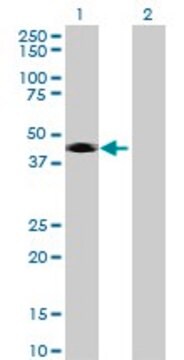
![Monoclonal Anti-DC-SIGN [8B6] antibody produced in mouse affinity purified immunoglobulin (IgG)](/deepweb/assets/sigmaaldrich/product/images/408/054/2fea9b2a-f2f3-4f45-8c12-4b9ba364f5f6/640/2fea9b2a-f2f3-4f45-8c12-4b9ba364f5f6.jpg)
